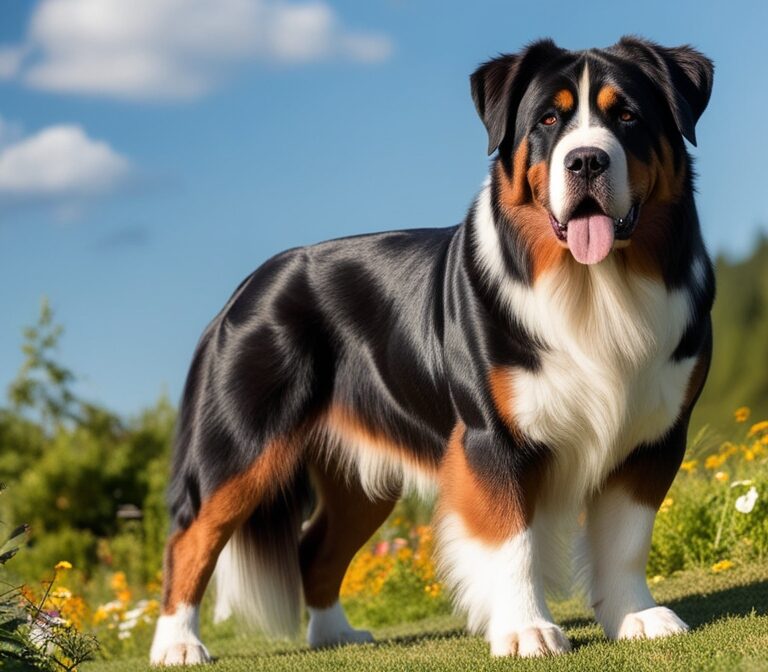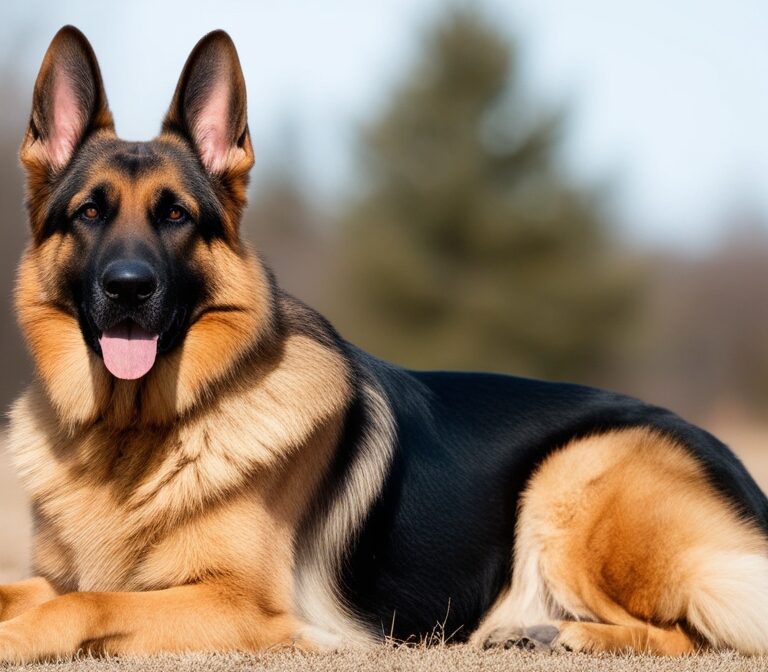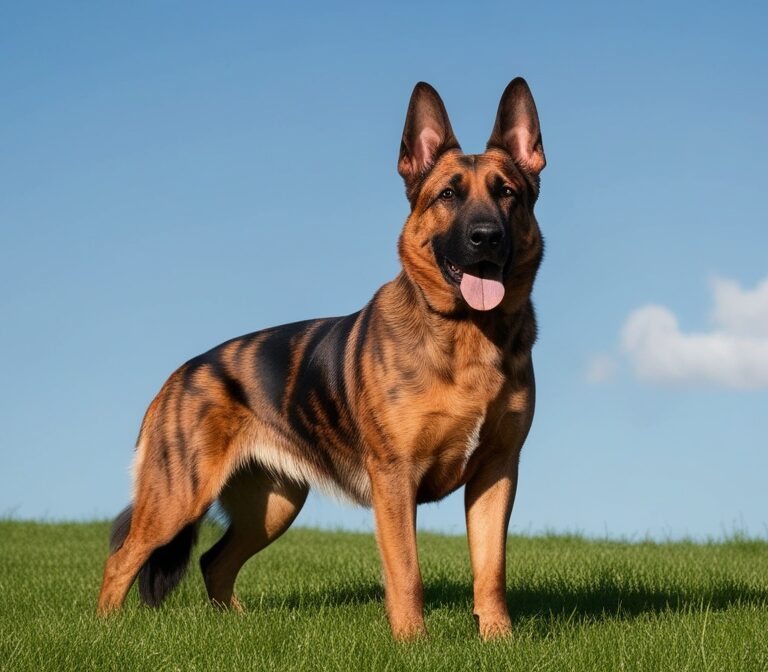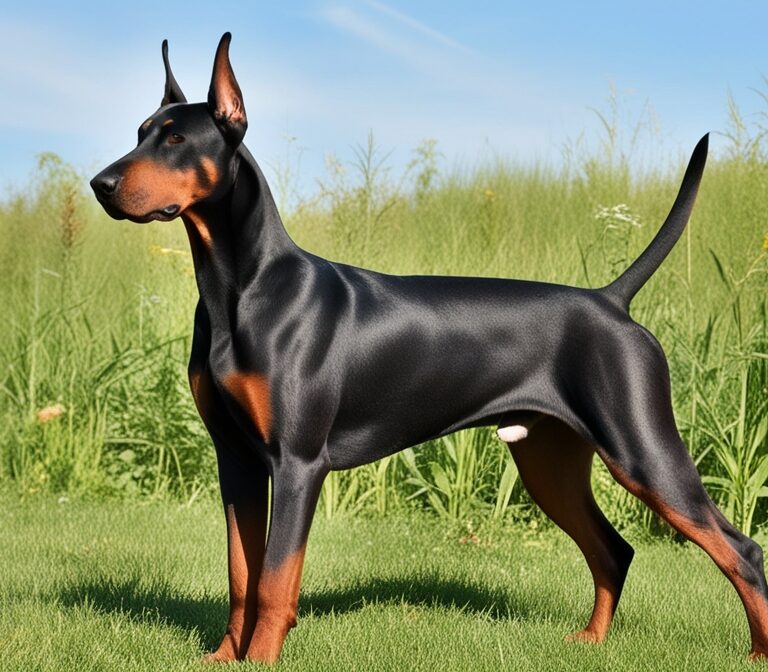Australian Terrier: The Complete Guide to a Loyal and Spirited Companion
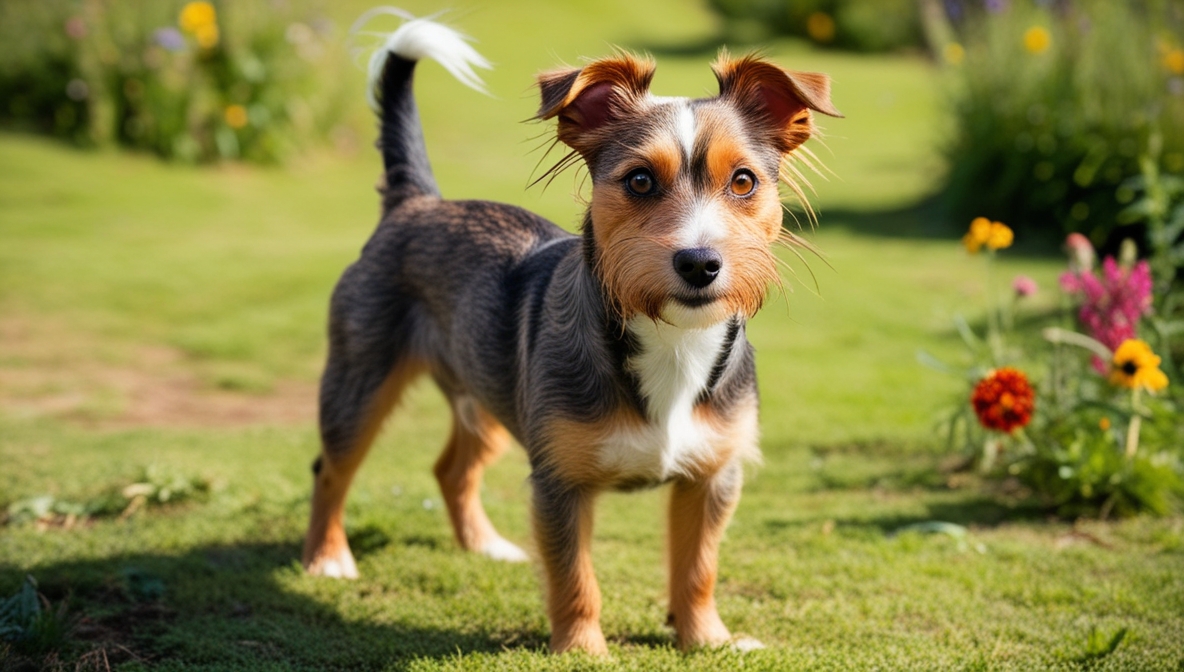
Introduction
The Australian Terrier, often lovingly called the “Aussie Terrier,” is a small yet sturdy breed known for its intelligence, confidence, and affectionate nature. Originating in Australia in the early 19th century, this terrier was one of the first breeds developed in the country. Its primary purpose was to serve as a versatile working dog, capable of controlling vermin, guarding property, and being a loyal companion to families.
What sets the Australian Terrier apart from many other terrier breeds is its remarkable adaptability and unwavering loyalty. Despite its small size, this breed has a big personality, full of courage, playfulness, and affection. Over time, the Australian Terrier has transitioned from being a hardworking farm dog to a cherished family pet worldwide.
In this comprehensive guide, we will explore the history, appearance, temperament, care needs, health, and training of the Australian Terrier. Whether you are considering adopting one or simply wish to learn more about this charming breed, this article covers everything in detail.
History and Origin of the Australian Terrier
The story of the Australian Terrier begins in the rugged landscapes of 19th-century Australia. Early settlers needed a tough, intelligent, and small dog capable of withstanding harsh climates while performing vital tasks. These dogs had to be fearless enough to hunt vermin, snakes, and rabbits, while also acting as watchdogs to alert owners of intruders.
The breed is believed to have been developed by crossing various British terriers, including the Cairn Terrier, Yorkshire Terrier, Dandie Dinmont Terrier, and possibly the Skye Terrier. From these ancestors, the Australian Terrier inherited its small yet hardy frame, rough coat, and spirited temperament.
The breed was initially recognized in Australia during the late 1800s and quickly became one of the first officially registered dog breeds from the continent. The Australian National Kennel Council (ANKC) and later international kennel clubs recognized the breed, establishing its standard.
By the early 20th century, the Australian Terrier had made its way to Europe and the United States, gaining popularity as both a working dog and family pet. Today, it is admired worldwide for its versatility, charm, and devotion.
Physical Characteristics of the Australian Terrier
The Australian Terrier may be small, but its appearance reflects strength, endurance, and agility. Let’s break down its physical features:
Size and Weight
- Height: 9–11 inches (23–28 cm)
- Weight: 14–16 pounds (6–7 kg)
- Despite their small stature, they are muscular and compact, built for endurance.
Coat and Colors
The coat of the Australian Terrier is one of its most distinguishing features. It has a harsh, straight, weather-resistant outer coat paired with a soft undercoat that provides insulation. Around the neck and chest, the hair forms a distinctive ruff or mane, adding to its bold appearance.
Recognized coat colors include:
- Blue and Tan (most common)
- Solid Red
- Sandy
Head and Expression
The Australian Terrier has a long, flat skull with a keen and alert expression. Its dark, oval-shaped eyes sparkle with intelligence and curiosity. Pointed, erect ears enhance its attentive demeanor, giving the impression that it’s always ready for action.
Tail
Traditionally, the tail was docked, but in many countries today, docking is prohibited. Whether natural or docked, the tail is carried high, adding to the terrier’s confident look.
Temperament and Personality
The Australian Terrier embodies the classic terrier spirit: bold, independent, and full of energy. However, it also possesses qualities that make it more affectionate and adaptable than some terrier breeds.
Key Personality Traits
Confident and Brave – Despite its small size, this breed does not back down easily. Historically, it took on snakes and small predators, which required courage.
Affectionate and Loyal – Australian Terriers thrive on human companionship. They form strong bonds with their families and often shadow their owners around the house.
Energetic and Playful – With a lively personality, they love to play fetch, explore outdoors, and engage in interactive games.
Alert and Watchful – They make excellent watchdogs. Their sharp senses and tendency to bark when something unusual occurs make them natural protectors.
Independent Thinkers – Like many terriers, they are intelligent but can be a bit stubborn. Consistent training is essential.
Family Compatibility
The Australian Terrier is an excellent companion for families, singles, or seniors. They get along well with children when properly socialized, although play should always be supervised due to their small size. With other pets, early socialization helps minimize potential issues, especially with smaller animals that may trigger their hunting instincts.
Grooming and Coat Care
The Australian Terrier’s coat requires regular care to keep it healthy and tidy. Fortunately, grooming needs are moderate compared to long-haired breeds.
Grooming Routine
- Brushing: At least 2–3 times per week with a bristle brush or slicker brush to remove dirt and prevent matting.
- Hand-Stripping: This technique is recommended for show dogs to maintain the coat’s texture.
- Bathing: Only when necessary, as frequent bathing can strip natural oils from the coat.
- Trimming: Occasional trimming around the feet and ears helps keep the dog neat.
Other Grooming Needs
- Ears: Check weekly for dirt, wax, or signs of infection.
- Teeth: Brush several times a week to prevent dental disease.
- Nails: Trim regularly, as overgrown nails can cause discomfort.
Training and Socialization
Training an Australian Terrier requires patience, consistency, and positive reinforcement. While intelligent and eager to please, they can also be stubborn if training becomes repetitive or harsh.
Training Tips
Start Early – Begin obedience training and socialization from puppyhood.
Positive Reinforcement – Reward with treats, praise, and play. Harsh corrections can lead to resistance.
Short, Engaging Sessions – Terriers get bored quickly; training should be fun and varied.
Socialization – Expose them to people, pets, and environments early to encourage confidence and reduce excessive barking or aggression.
Common Challenges
- Digging: A natural terrier instinct; provide a designated digging area or redirect with toys.
- Barking: While an excellent watchdog trait, excessive barking needs gentle correction.
- Chasing Small Animals: Leash training is important to control prey drive.
Exercise and Activity Requirements
Although small, the Australian Terrier has high energy levels. Without adequate exercise, they may become restless or engage in destructive behaviors.
Daily Exercise Needs
- At least 30–60 minutes per day of physical activity.
- Activities can include walks, fetch, agility training, or interactive games.
Mental Stimulation
Because they are intelligent, Australian Terriers thrive on activities that challenge their minds. Puzzle toys, training sessions, and scent games are great ways to keep them mentally engaged.
Diet and Nutrition
A healthy diet plays a vital role in maintaining the energy, coat quality, and overall well-being of an Australian Terrier.
Recommended Diet
- High-quality commercial dog food (dry kibble or wet food) formulated for small, active breeds.
- Balanced home-cooked meals (with veterinary guidance) can also work well.
Feeding Guidelines
- Puppies: 3–4 small meals per day.
- Adults: 2 meals per day.
- Seniors: May require fewer calories but more joint-supporting nutrients.
Key Nutrients
- Protein: For muscle maintenance.
- Fatty Acids (Omega-3, Omega-6): For skin and coat health.
- Vitamins and Minerals: For overall immune and organ function.
Avoid overfeeding, as small breeds are prone to obesity, which can exacerbate joint issues.
Health and Lifespan
The Australian Terrier is generally a healthy breed with a lifespan of 12–15 years. However, like all breeds, they are predisposed to certain health conditions.
Common Health Issues
Patellar Luxation – A knee condition common in small breeds.
Diabetes Mellitus – Some Australian Terriers are prone to developing diabetes.
Allergies – Can develop food or environmental allergies.
Legg-Calvé-Perthes Disease – A hip joint disorder found in some small breeds.
Hypothyroidism – A thyroid imbalance that can cause weight gain and lethargy.
Health Maintenance
- Routine vet checkups (at least once a year).
- Vaccinations and parasite control.
- Dental care to prevent periodontal disease.
- Balanced nutrition and weight management.
Australian Terrier as a Family Pet
The Australian Terrier is an ideal companion for many households, thanks to its affectionate nature and adaptability.
In Families with Children
They enjoy playtime and can be patient with respectful children. Early training helps ensure good manners.
In Multi-Pet Homes
With proper introduction and socialization, they can live harmoniously with other dogs. Caution is needed with smaller pets like hamsters or rabbits.
Apartment vs. House Living
Australian Terriers adapt well to apartment living, provided they receive sufficient exercise. They also thrive in larger homes with yards where they can explore and play.
Conclusion
The Australian Terrier is a small but mighty breed with a heart full of courage and love. With roots in the rugged Australian outback, it has evolved from a hardworking farm dog to a devoted family pet admired worldwide. Its intelligence, loyalty, and spirited nature make it a joy for families, singles, and seniors alike.
This breed does require commitment in terms of exercise, training, and socialization, but the rewards are immense. Whether as a loyal watchdog, a playful companion, or a lap dog with endless affection, the Australian Terrier continues to win hearts across generations.
If you’re seeking a brave, affectionate, and adaptable dog, the Australian Terrier may be the perfect addition to your family.

